
Backbone provides an elegant way to encapsulate the code necessary to get your data and HTML onto the page. Peter shows how to make it work in TypeScript.

Ondrej Balas continues his discussion on refactoring your code for dependency injection, this time focusing on the composition root pattern.
- By Ondrej Balas
- 06/18/2014

Deep Neural Networks are the more computationally powerful cousins to regular neural networks. Learn exactly what DNNs are and why they are the hottest topic in machine learning research.
- By James McCaffrey
- 06/13/2014

Prune your Entity Framework with the help of asynchronous methods.
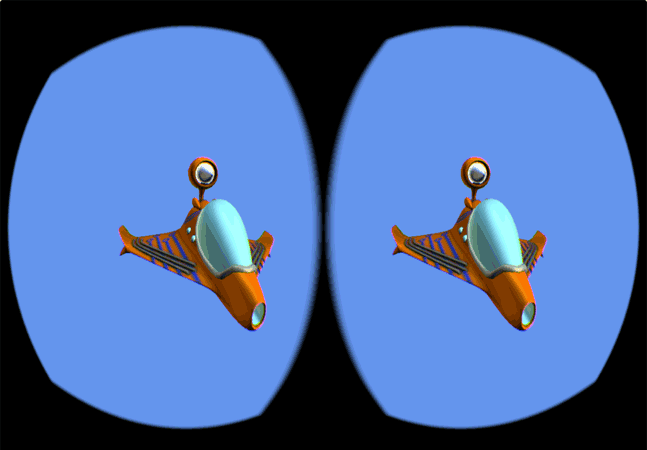
Go deeper into the Oculus Rift SDK.
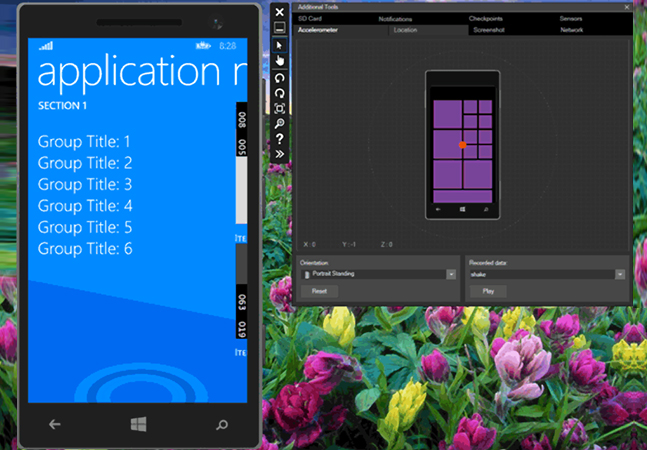
Learn how the Windows Phone 8.1 SDK, coupled with Visual Studio, provides the necessary tools to debug, test, polish and publish your application.
- By Nick Randolph
- 06/02/2014

Entity Framework 6 gives you a variety of ways to call stored procedures that return data and capture the results those procedures return. Here's a look at all of them.

Learn how to leverage the powerful resource system of Android to support a variety of Android devices and languages.
- By Greg Shackles
- 05/28/2014

When you implement the Model-View-ViewModel pattern you need to tell your View (in this case, a Windows Form) when the ViewModel has new data. Here's how to do that, along with a warning about how to avoid a potential bug.

Take control of your application's behavior and move toward dependency injection by refactoring your existing code.
- By Ondrej Balas
- 05/20/2014

Visual Studio 2013 came with a new version of Web API. The Web API 2.1 update includes a host of new features, including support for Binary JSON. Learn how to leverage BSON by building a Web API 2.1 service.

Backbone is a popular library for creating MVC/MVVM-like applications in your client. Here's an introduction to Backbone and some best practices for creating a Single-Page Application with TypeScript.
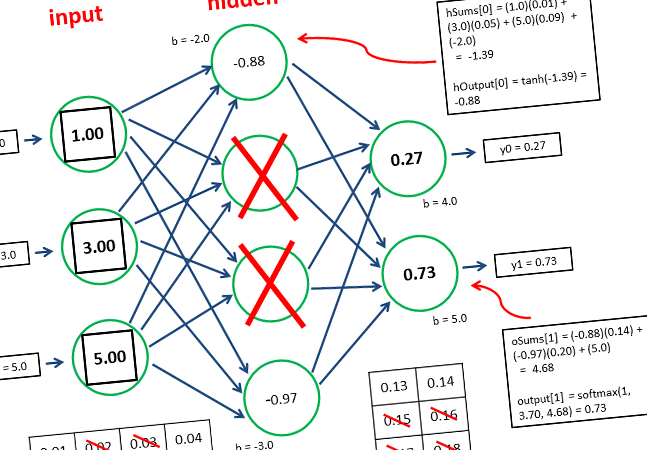
Dropout training is a relatively new algorithm which appears to be highly effective for improving the quality of neural network predictions. It's not yet widely implemented in neural network API libraries. Learn how to use dropout training if it's available in an existing system, or add dropout training to systems where it's not yet available.
- By James McCaffrey
- 05/13/2014

Kenny Kerr starts his new series about compiler basics by looking at how to use memory-mapped files to read the original source code.

Peter Vogel moves a Windows Form to a modern design pattern, which forces him to think about how his code should be divided up among his classes. In the end, he comes up with some rules for making those decisions.

Knockout custom binding handlers can help simplify integration with third-party JavaScript libraries. Here's how.
- By Patrick Steele
- 04/30/2014

Even in a Code First environment, you can call a stored procedure from a DbContext object. But it's a lot easier if you use the visual designer.

Connect to Twitter from a mobile application using OAuth with the Xamarin.Auth library, along with Joe Mayo's LINQ To Twitter library.
- By Wallace McClure
- 04/25/2014
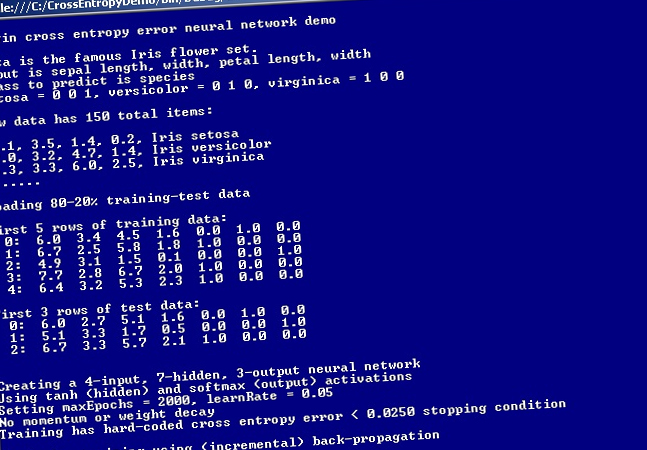
To train a neural network you need some measure of error between computed outputs and the desired target outputs of the training data. The most common measure of error is called mean squared error. However, there are some research results that suggest using a different measure, called cross entropy error, is sometimes preferable to using mean squared error.
- By James McCaffrey
- 04/22/2014

Complex Types let you reuse structures in your database design. But unless you've been very lucky around the names in your database, you probably couldn't use Complex Types -- until Entity Framework 6, that is.

TypeScript provides native support both for organizing your application's client-side code into a set of modules, and for freeing you from having to manage the resulting script tags.

Learn about SQLite database engine internals so you can simplify your code and improve the performance of your applications.

The latest version of Entity Framework makes it easier to write asynchronous code. Here's how to write that code, and more important, where you'll actually find it useful.

The latest version of the technology works fine with the Microsoft .NET Framework 4 and Visual Studio 2010. Here's some of what's new (along with how to move your applications to EF6).
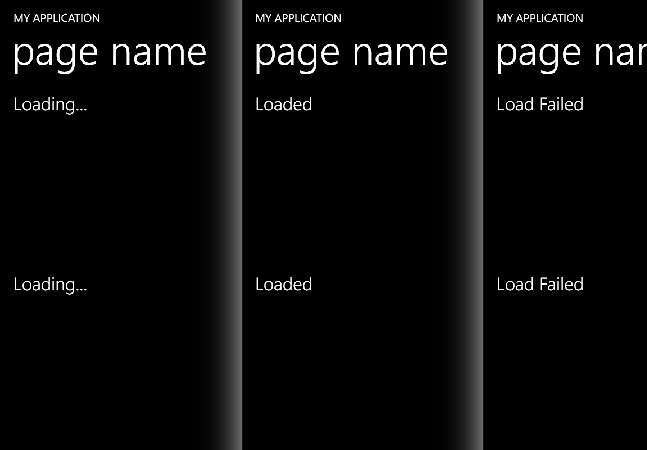
Nick Randolph demonstrates two techniques for using Visual States to change the layout of a Windows Phone User Control.
- By Nick Randolph
- 03/31/2014